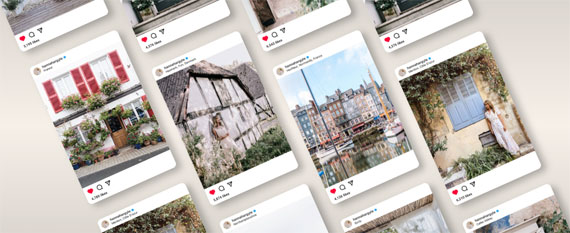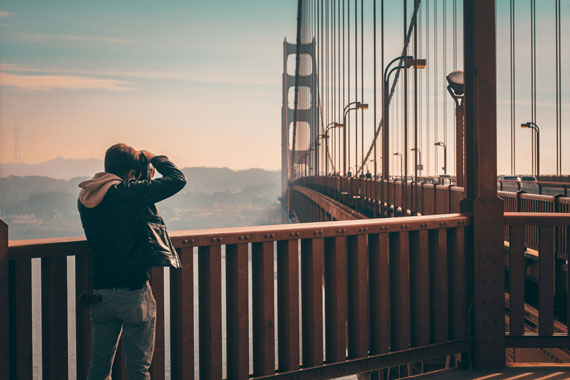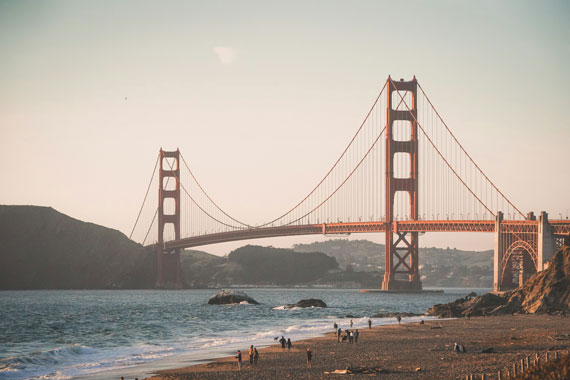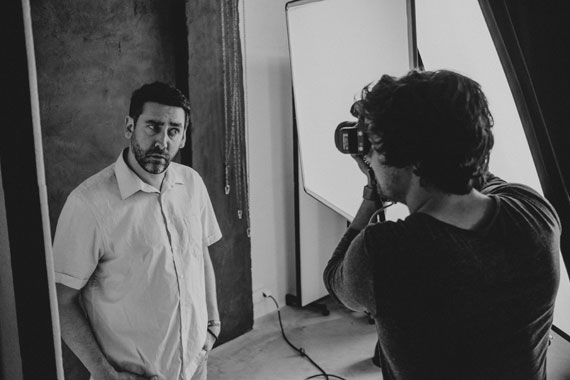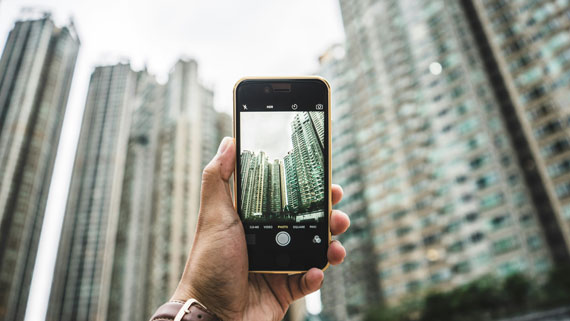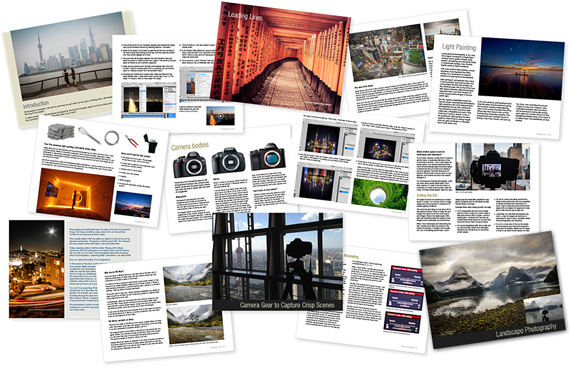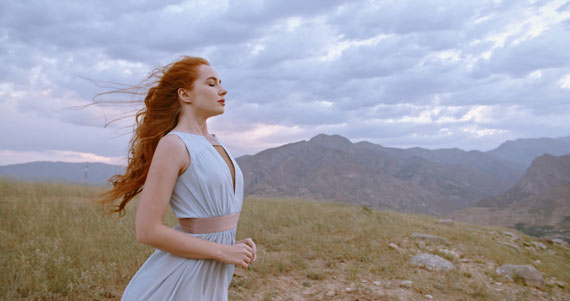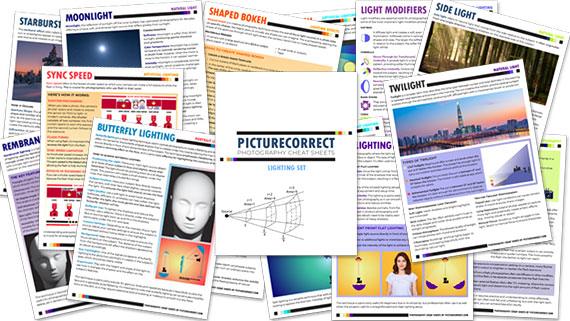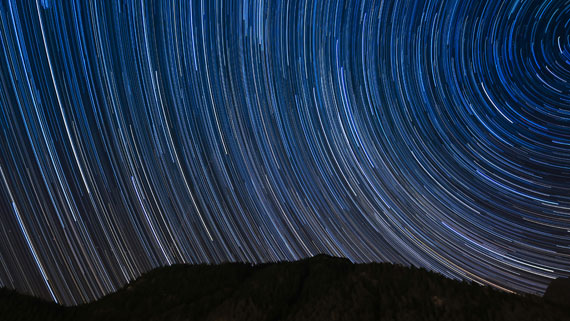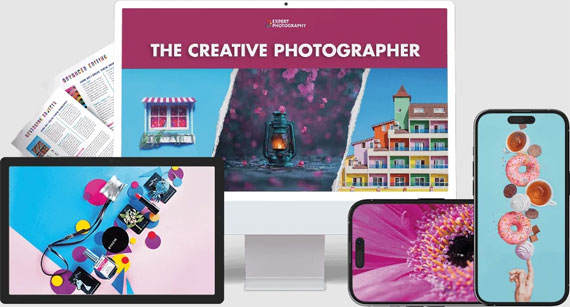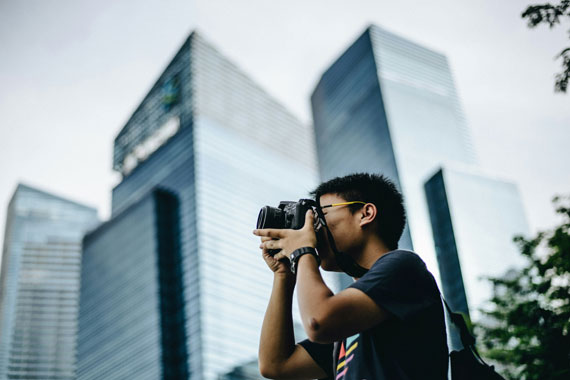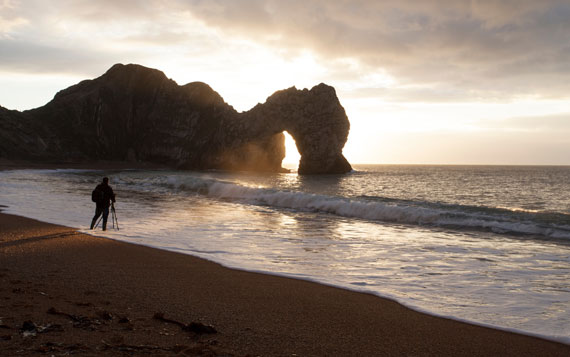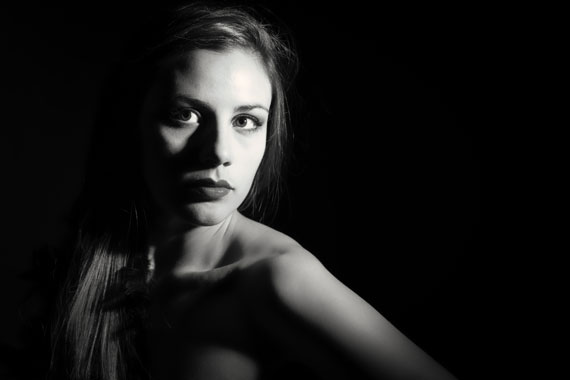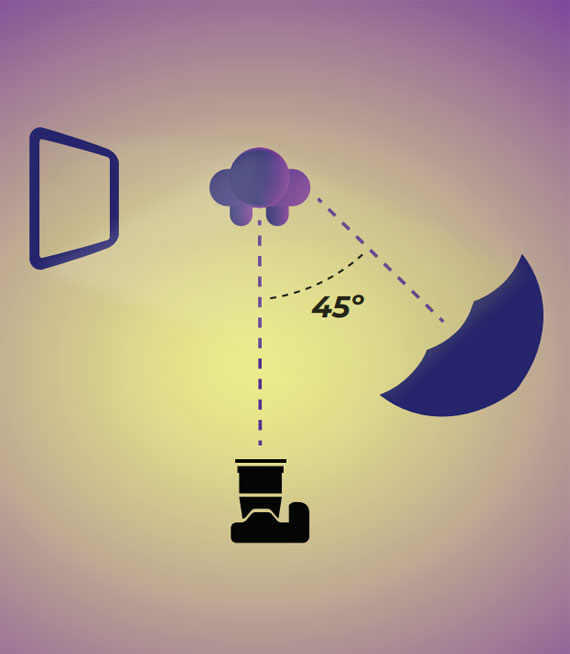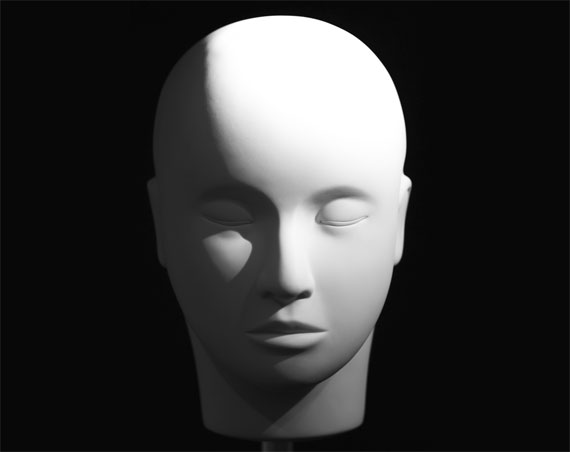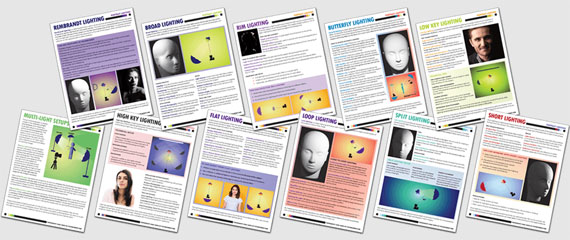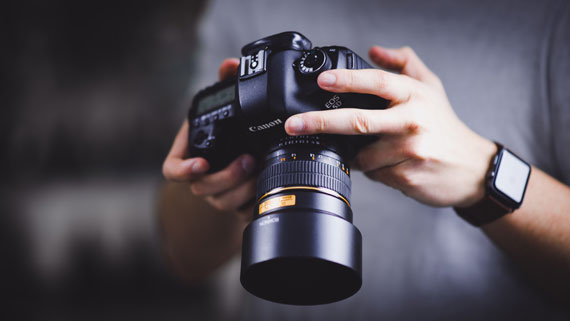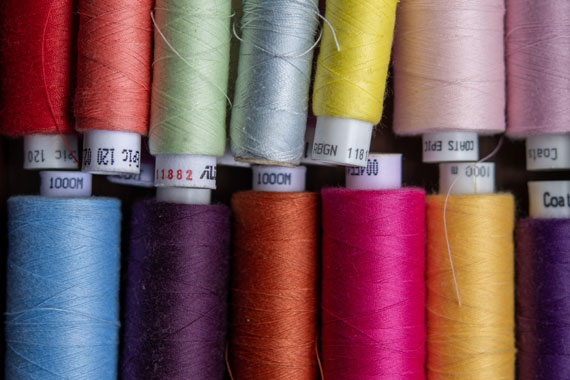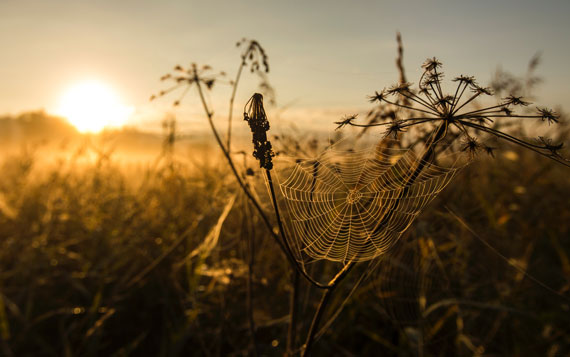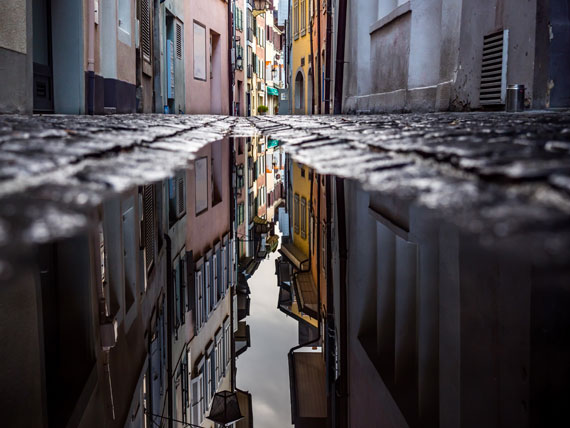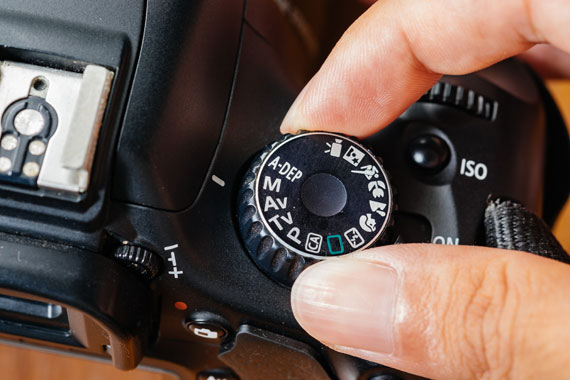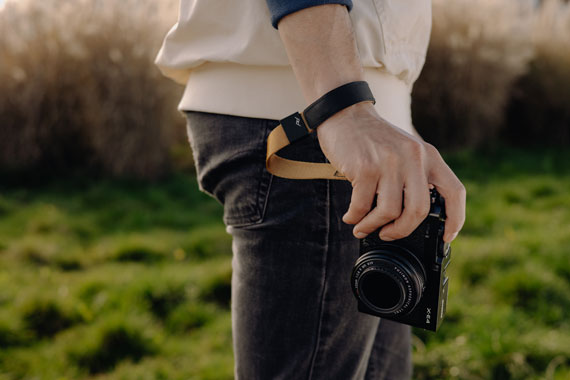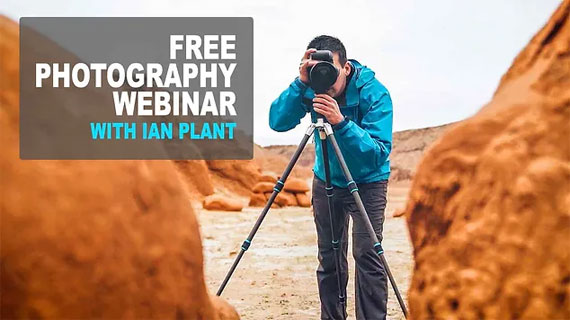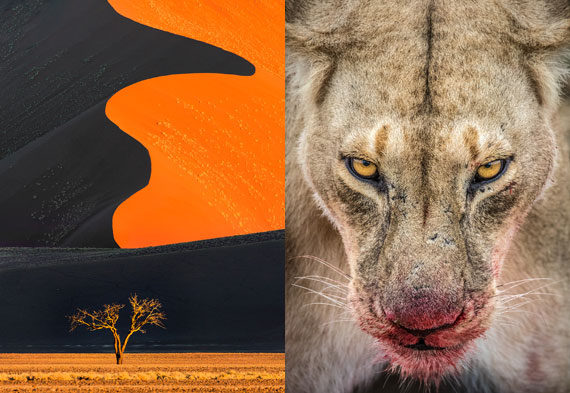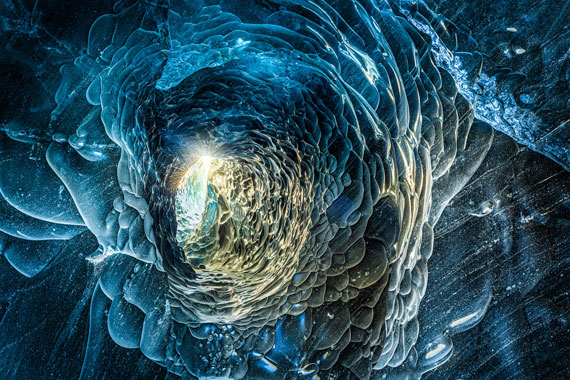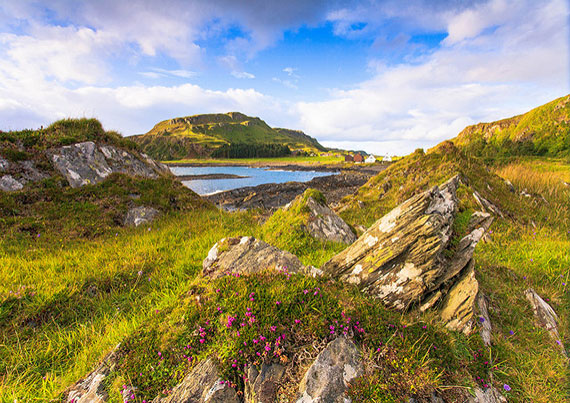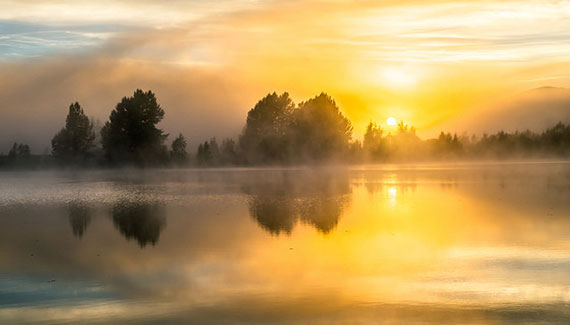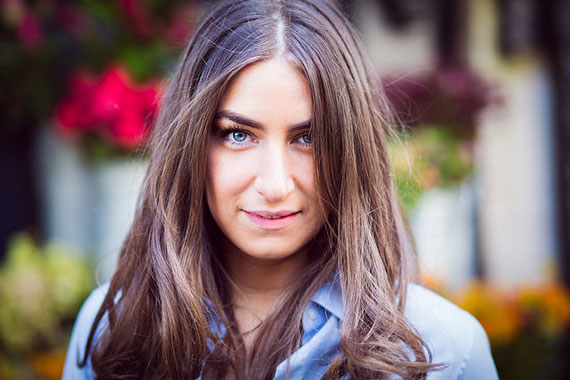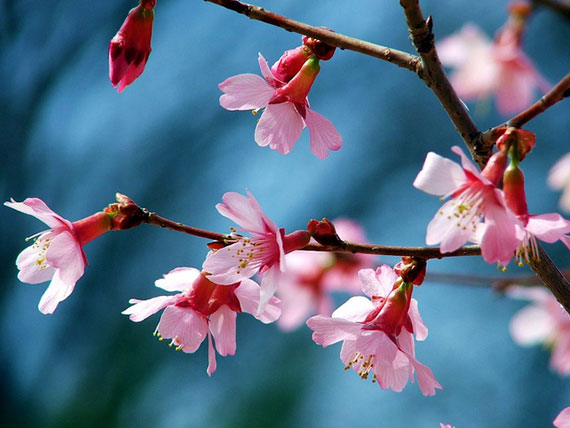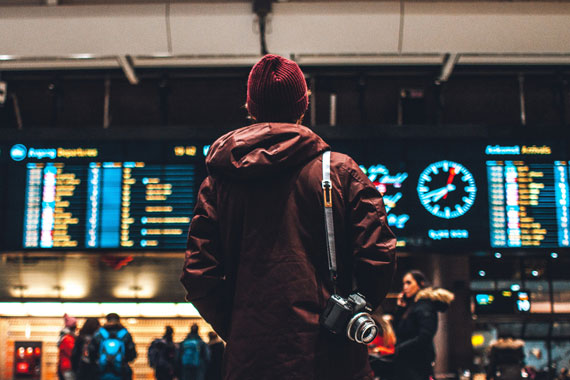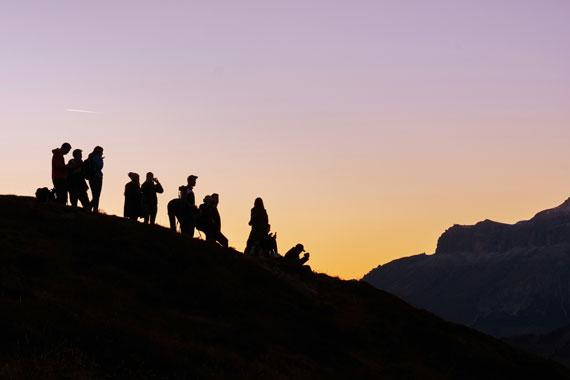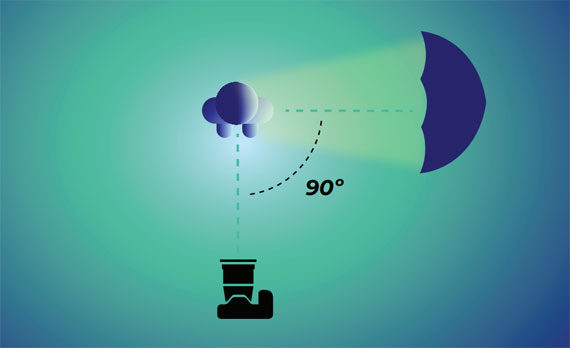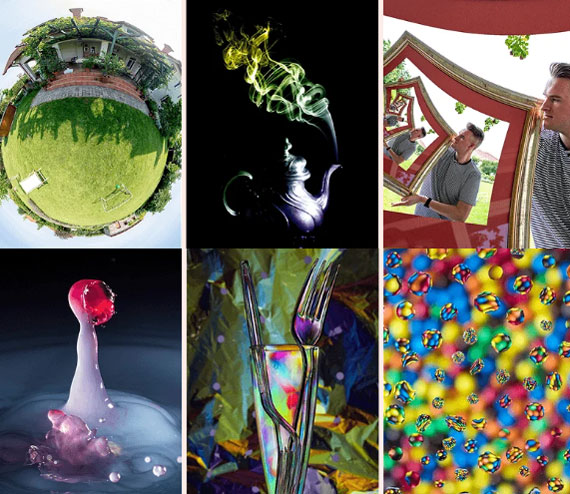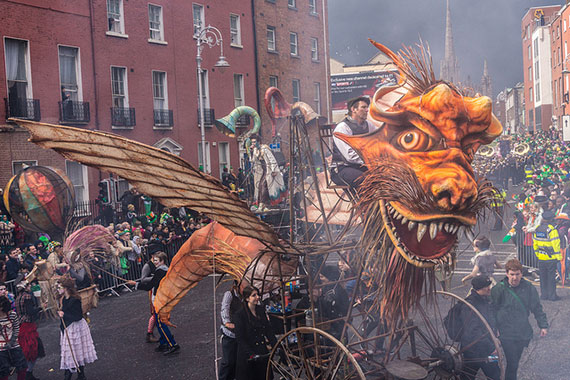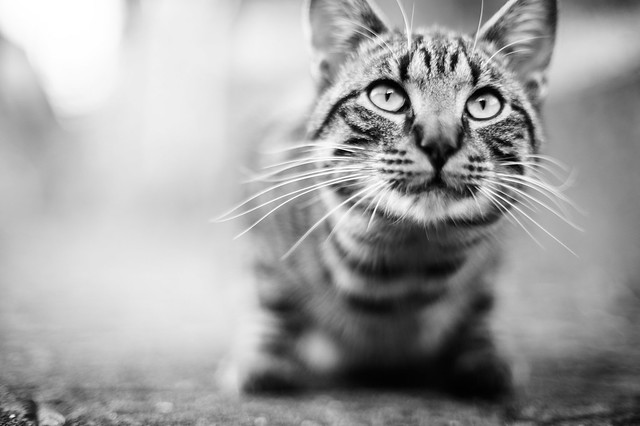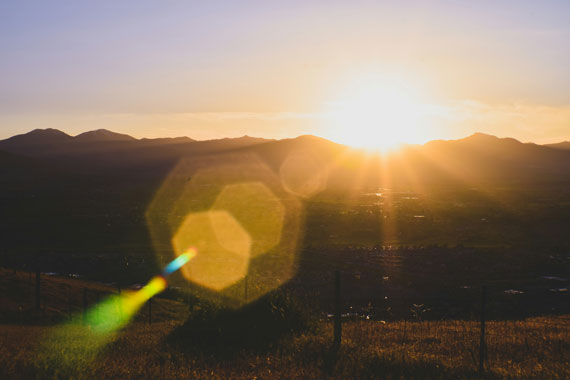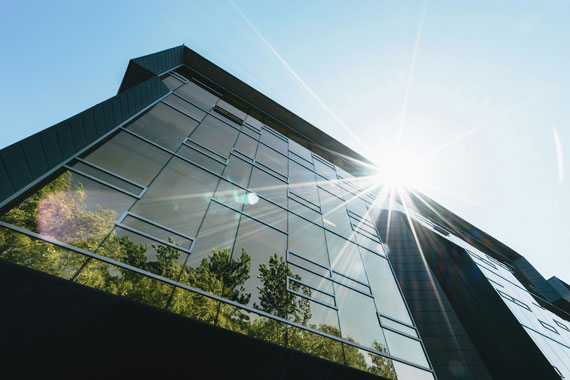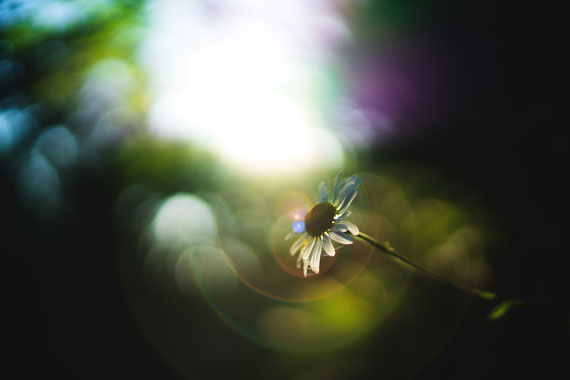Instagram is a crucial platform for photographers aiming to showcase their work and attract a wider audience. Understanding the ideal image dimensions and aspect ratios can significantly enhance how your photos are displayed and engaged with on the platform. In this post, we’ll explore the most effective sizes and ratios for your Instagram content.
Relevant reminder: only a few days left for the Instagram Academy Launch Sale
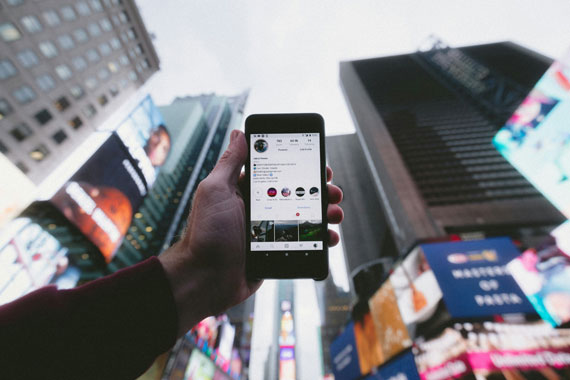
Photo captured by Jakob Owens
1. Understanding Aspect Ratios and Dimensions
Before diving into specifics, let’s clarify what we mean by aspect ratio and dimensions:
- Aspect Ratio: The ratio of the width to the height of an image.
- Dimensions: The width and height of an image in pixels.
2. Key Aspect Ratios for Instagram
Instagram supports several aspect ratios, each suited for different types of content:
- Square (1:1): The classic Instagram format. Ideal for both mobile and desktop views, square images should be 1080×1080 pixels. This shape is perfect for portraits, landscapes, and detail shots where the subject is centrally focused.
- Portrait (4:5): This taller format (1080×1350 pixels) is great for photos that require more vertical space, like fashion photography or full-body portraits. It fills the screen more on mobile, offering a more immersive experience.
- Landscape (1.91:1 to 16:9): For wider images, you can go up to a maximum of 1080×608 pixels. This is suitable for expansive landscapes or shots where you want to include more context within the frame.
3. Optimal Dimensions for Instagram Photos
For all images, the optimal upload resolution is 1080 pixels on the longest side. Instagram compresses images above this resolution, which can affect image quality. Here’s a quick reference:
- Square: 1080×1080 pixels
- Portrait: 1080×1350 pixels
- Landscape: 1080×608 pixels
4. Tips for Maximizing Image Quality
- Use High-Resolution Images: Start with the highest resolution possible. This gives you more flexibility in editing and cropping without losing quality.
- Edit Before Uploading: Adjust your photos’ dimensions before uploading to Instagram to avoid automatic resizing.
- Mind the Compression: Since Instagram compresses files to reduce loading times, fine details can be lost. To counteract this, some photographers increase sharpness slightly before uploading.
5. Experimenting with Aspect Ratios
While it’s important to adhere to the optimal sizes, don’t be afraid to experiment with different aspect ratios to see what engages your audience the most. Sometimes, breaking away from the conventional can lead to more striking and memorable imagery.
Conclusion
Using the right dimensions and aspect ratios on Instagram is key to ensuring your photographs look their best. By following these guidelines, you can maximize the impact of your visual content and keep your audience engaged. Remember, the best way to see what works for your style and your audience is to experiment and adjust based on the engagement you receive.
For Further Training:
Just released from the iPS team, Instagram Academy offers an educational approach to mastering Instagram, tailored for individuals seeking to enhance their presence and engagement on the platform. The course is designed by Hannah Birtwistle, who shares her journey from a working mom to an Instagram influencer with over 193,000 followers.
The Instagram Academy course is marketed at a discount price for the launch sale, which also includes several free bonuses such as video content creation shortcuts, personalized photo feedback, and cheat sheets for better composition and color use in photos.
Launch sale ending soon: Instagram Academy at 86% Off
- - - - - - - - - - - - - - - - - - - - - - - - - - - - - - - - - - - - - - - - - - - - - - - - - - - - - - - - - - - - - - - - - - - - - - - - - -
Photography, like any art or skill, thrives on consistency. The journey to becoming an adept photographer is paved with regular practice. Learn how PictureCorrect Insiders can help.
- - - - - - - - - - - - - - - - - - - - - - - - - - - - - - - - - - - - - - - - - - - - - - - - - - - - - - - - - - - - - - - - - - - - - - - - - -
This post Top Instagram Ratios for Photographers appeared on PictureCorrect.
from PictureCorrect https://ift.tt/A89sEWY
via IFTTT







